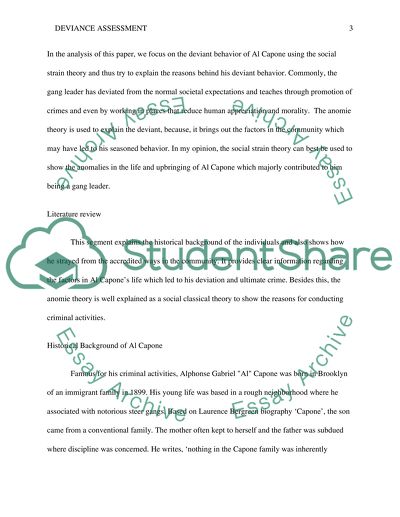Cite this document
(“Deviance Assessment of Al Capone using Mertons Strain Theory Research Paper”, n.d.)
Retrieved from https://studentshare.org/psychology/1669221-deviance-assessment-of-al-capone-using-mertons-strain-theory
Retrieved from https://studentshare.org/psychology/1669221-deviance-assessment-of-al-capone-using-mertons-strain-theory
(Deviance Assessment of Al Capone Using Mertons Strain Theory Research Paper)
https://studentshare.org/psychology/1669221-deviance-assessment-of-al-capone-using-mertons-strain-theory.
https://studentshare.org/psychology/1669221-deviance-assessment-of-al-capone-using-mertons-strain-theory.
“Deviance Assessment of Al Capone Using Mertons Strain Theory Research Paper”, n.d. https://studentshare.org/psychology/1669221-deviance-assessment-of-al-capone-using-mertons-strain-theory.


